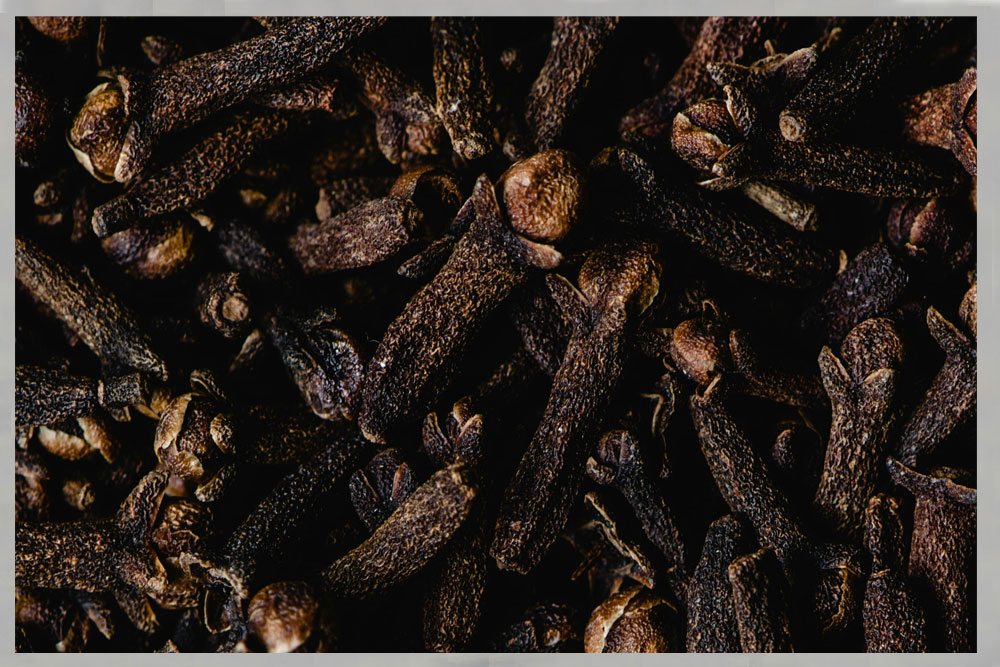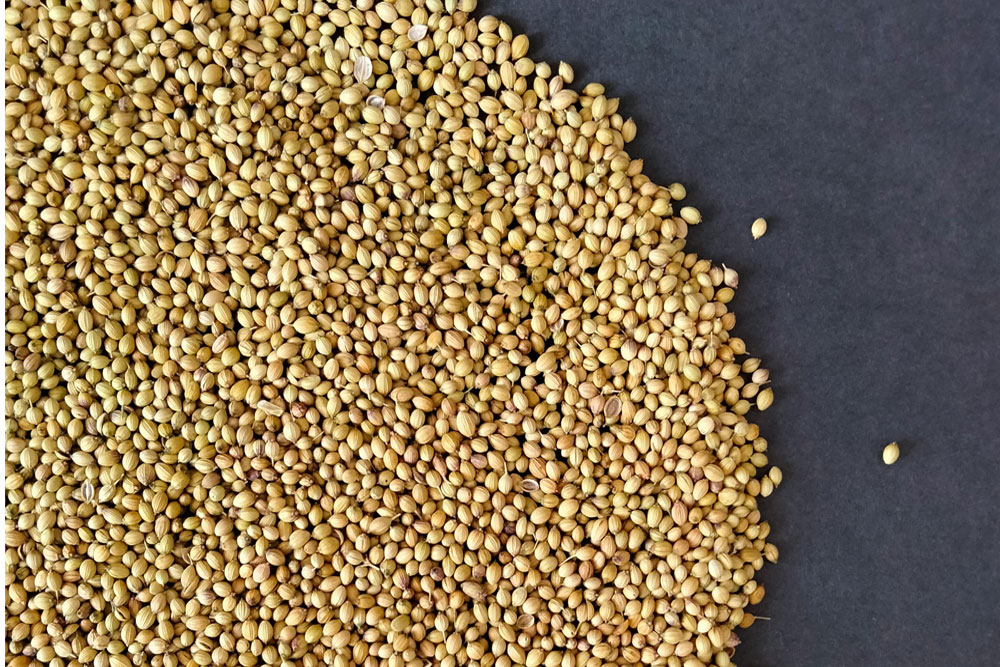Cinnamon
(Cassia Bark)
Cassia bark is an interesting spice. Indians use cassia instead of true cinnamon in their cooking, as it has a milder flavor and can be used in larger quantities.
Cassia can also be used whole or ground in spice mixes.
It is easily distinguishable by its rough, tree bark-like texture, and the best way to check for freshness is to rub a little on your fingers. If you can smell a cinnamon fragrance, then the bark is fresh. If substituting cinnamon for cassia, use less, as the flavor of true cinnamon is more intense.
Cloves
Clove is a common spice in Indian cooking and its anise notes are easily recognizable in many Indian preparations. The strong, almost medicinal flavor of clove comes from the concentration of essential oils. Cloves are technically flowers, and a lot of their oils are pressed out before they are dried and used in cooking.
Cloves can be used whole or blended into spice mixes. They do need to be used with caution, however, as they can tend to overpower more delicate spices.
Coriander
( Raw & Powder)
Coriander is probably the most ubiquitous of spices in the Indian spice rack. It is one of the oldest-known spices in the world, and it’s characterized by its golden-yellow color and gently ridged texture. The seeds are very aromatic with citrus notes.
Whole coriander is used as a base for many spice mixes, and ground coriander is one of the most commonly used ground spices in Indian cuisine.


